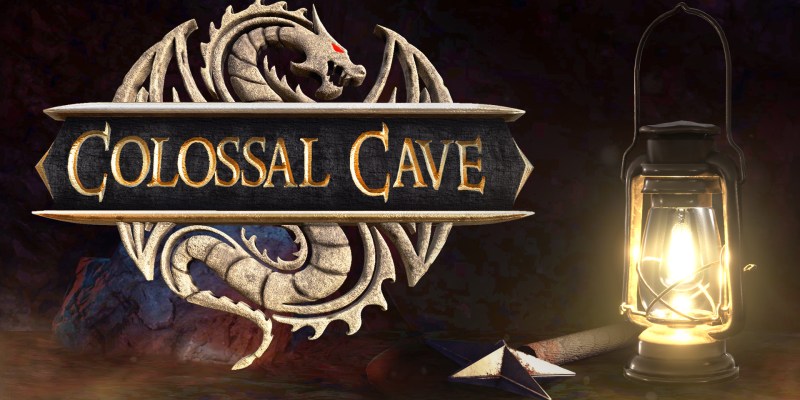According to her husband Ken Williams, veteran game designer Roberta Williams “doesn’t study competitor products to figure out what to do.” For her, the process is more about feeling out what’s right for the game she’s working on — which, in this case, is Colossal Cave, a modern remake of one of the earliest and most iconic video game adventures.
Feeling out the right path is a bold approach for a duo that’s been out of the gaming industry for more than 25 years. However, as the founders of Sierra On-Line and pioneers of the graphic adventure genre through the likes of Mystery House and the King’s Quest series, they’ve long since proven their ability to innovate and enchant players. And Roberta doesn’t seem too worried about being rusty.
“(Coming back to development) really did bring back all of these creative juices that must have been simmering inside because it just all came out,” she said. “This is going to sound really funny, but I think I am a natural in doing this. It just came back, and I didn’t really have a problem figuring out how I wanted this game to go.”
Maybe the least surprising — and most jarring — thing about Colossal Cave is that it features the Williams’ old-school ethos. The original text adventure was the kind of game where it was a boon for players to draw their own maps and take notes as they play, and that spirit was something both Roberta and Ken were determined to retain in this remake.
“We heard a lot of feedback, especially early in the project, that this game is too hard and that today’s players have no patience,” said Ken. “I think some people are going to get this game and they’re going to go, ‘Oh my goodness. What is this?’ It’s not an easy game.”
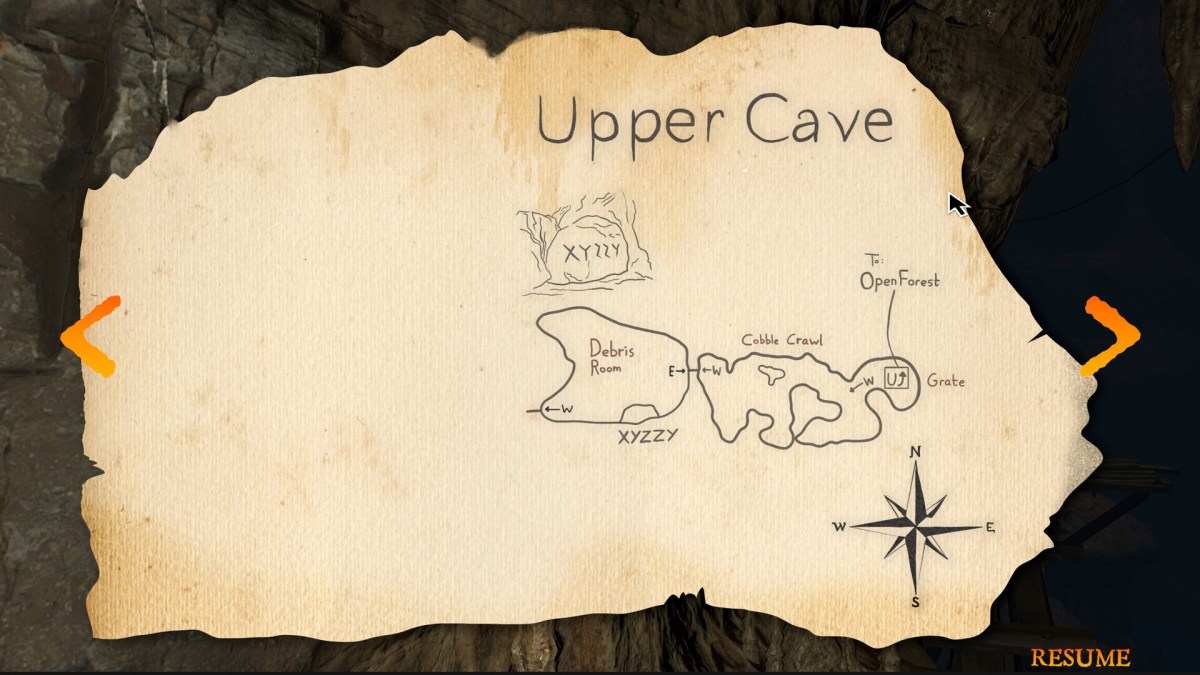
He predicts that response will come largely from the way the adventure genre has shifted over the years. These days, “adventure” is usually used in gaming in reference to narrative adventures, like Life is Strange: True Colors or the upcoming Season: A Letter to the Future. But Colossal Cave returns to the roots of the genre.
As players explore the cave, they will be able to collect up to 350 points by overcoming the various challenges and finding treasure dotted around the map. However, Roberta and Ken Williams predict that most players will find only a fraction of that on their first successful Colossal Cave run. “It kind of starts when it finishes because then you realize there’s nuances and hidden places and puzzles to solve,” said Ken.
Judging by some of the imagery in the trailers — a bluebird, a dragon, some psychedelic backgrounds — much of that texture is pulled directly from the original text adventure. In case you’re not familiar, Colossal Cave Adventure was released by William Crowther in 1976 as something that would replicate the feeling of caving, with some light fantasy elements. Don Woods expanded on that version the following year, adding more puzzles, treasures, and heavier fantasy elements.
The game inspired an entire generation of early developers, including Roberta and Ken Williams. “I played it in 1980 as a text game, and I was immediately sucked into it. I could not leave it,” Roberta recalled. “It started my career. It started the idea and the company of Sierra On-Line.”
The company would go on to pioneer video game features that are now taken for granted — like sound and color graphics. That, alongside creating and/or publishing games like King’s Quest, Leisure Suit Larry, and Half-Life helped Sierra become a juggernaut of the early days in gaming. However, in 1996, the company was sold, with Ken and Roberta departing soon after. It wasn’t a particularly agreeable exit.
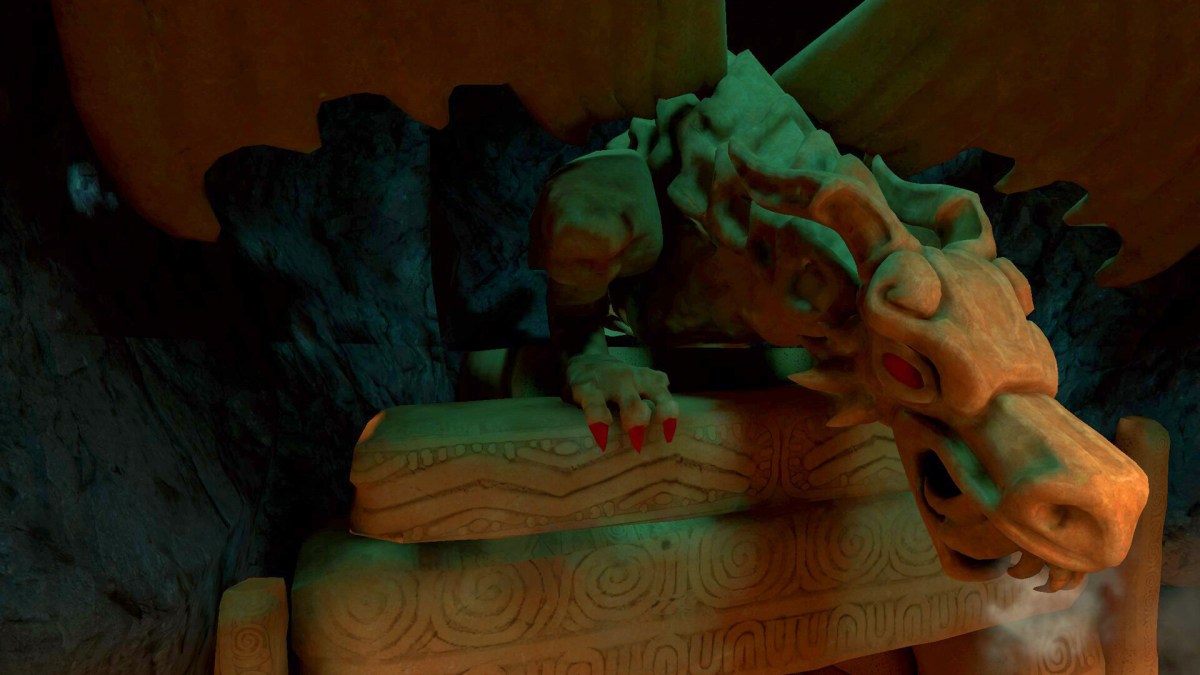
“We were pretty burned,” Ken said. “It was a big crash and burn. The people who bought it were crooks, and they destroyed the company. And we were both kind of angry, I guess you’d say. We happily retired. We didn’t go into a computer store. I kept my programming current, but not really with games. We didn’t play games.”
Instead, they diverted their energies into other pursuits. It led them to living out the spirit of adventure that they had spent their youth capturing in games. In particular, they became avid boaters. Beginning with a Nordhavn 62 and later upgrading to a Nordhavn 68 (which Roberta helped design the exterior look and interior layout of), they cruised much of the northern hemisphere, including the Mediterranean Sea, Hong Kong, and Japan. However, “probably the most exciting, adventurous thing,” according to Roberta, was crossing the Aleutian Islands of the Bering Sea, where Deadliest Catch is filmed.
“We went with a little fleet of three boats,” said Ken. “And I remember thinking, ‘We’re gonna die.’ I was absolutely convinced. And the last time we pushed off from Alaska, headed into the Bering Sea going to Japan — 6,000 miles — I was convinced we weren’t coming back.”
Luckily, that summer was particularly pleasant in that part of the world. “Alaska in May was in the 70s, and by June, July it was in the 80s,” Roberta recalled. “It stayed that way all across the Bering Sea and the Aleutian Islands. We didn’t get any storms. … It was actually pretty serene to an extent. But it could have been different; we just lucked out.”
However, Roberta said things got a little uncertain towards the end of that journey. The three boats were running low on fuel, so they decided to stop at Petropavlovsk on the Kamchatka Peninsula in Siberia. “We had planned it and gotten permission ahead of time that we could go in there, and we had gotten a Russian agent to help us to do that. … That was an adventure in and of itself, the five days in Petropavlovsk.”
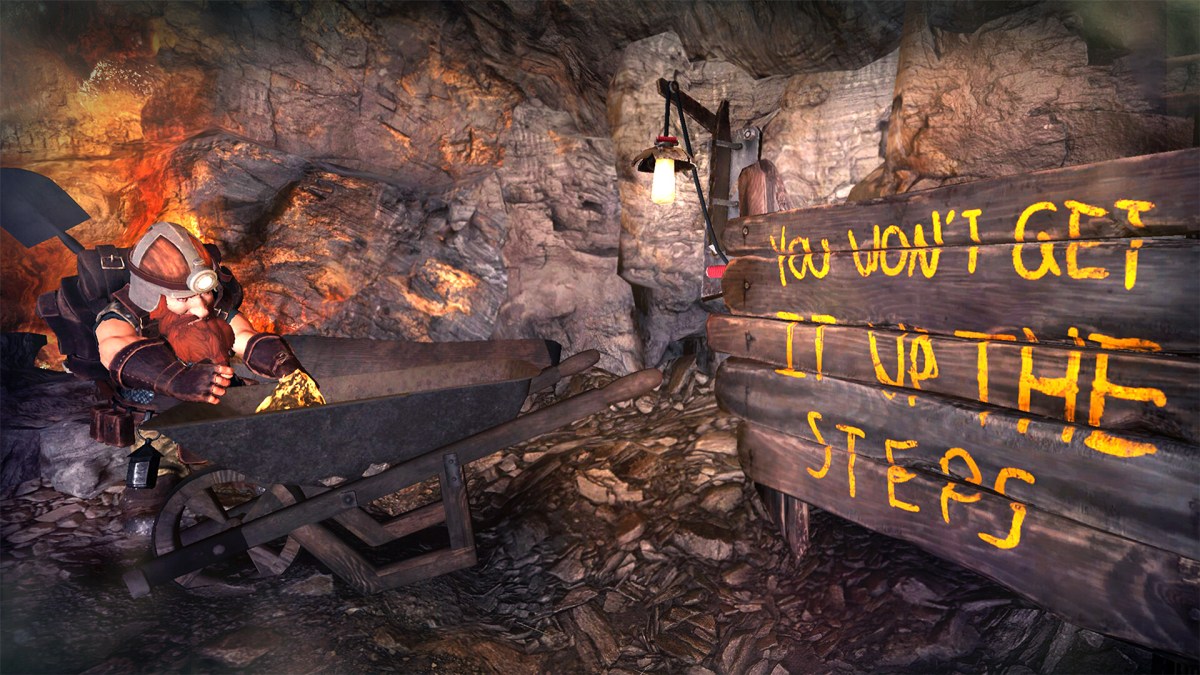
Roberta didn’t go into detail on that story, other than to say that “there was some bad stuff that happened and there was some positive stuff that happened. It was very eye-opening.” However, more information can be found in Ken’s book, The Great Siberian Sushi Run.
As with so much else though, life for the duo slowed down in 2020 as the pandemic bit. The enforced slowdown sent Ken “stir crazy.” In search of a project, he decided to write a book about the history of Sierra On-Line, from its halcyon beginnings to its ignominious collapse.
“Once I started thinking about games, some of the bad feelings wore off,” he said. “I just got it out of my system. … I assumed that when the book was finished, COVID would be over. But that was a little naive. It lasted longer than I think any of us thought it would. And at the end of the book, I was stuck again, saying, ‘Okay, now the book’s done, but COVID’s not over. Now what do we do?’”
The answer to that was the start of their return to gaming. Ken started fiddling with modern game engines. Then Roberta caught wind of what he was up to.
In their partnership, Ken is the programmer and Roberta is the designer. However, Ken was interested in more than just familiarizing himself with Unity; he wanted a project. Roberta explained that “he had some ideas about what he might want to do once he started programming 3D graphics, but he’s not an artist at all. And so I was a little confused. I said, ‘Well, I don’t know, you know, maybe…’ and then I had one of those light bulb moments.”
Roberta floated the idea of Colossal Cave in the morning, and Ken reached out to Don Woods to get his approval that same day. What made that project so tempting was that the design was pre-made. All it needed was a modern coat of paint. Unfortunately, it wasn’t that easy.
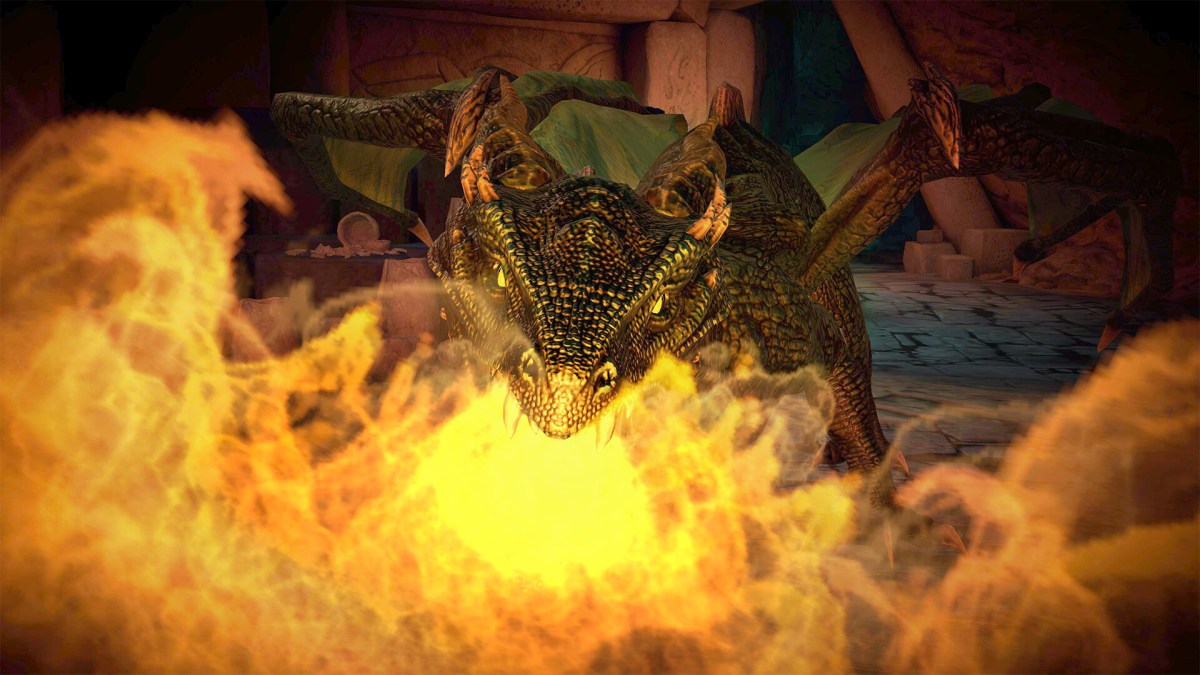
“Me and one other artist actually got the game up, but when it was done, it looked like me and an artist,” said Ken. “It was kind of horrible. Roberta saw it and said, ‘Okay, time to throw all that out, hire a real team, and build a great game.’”
What was originally intended to be finished within a few months stretched out over two years, partly because, even though it’s a remake, it’s anything but simple.
“It’s funny,” said Ken, “for being a 50-year-old game, it was actually a pioneering, breakthrough product in that it has some rudimentary AI to study the player and adjust the level of difficulty. … It recognizes when you get to a dead end and can’t complete the game and kills you off. There’s a lot of nuances that we didn’t understand until we started coding it.”
Another significant factor that impacted development was the weight of responsibility. The legendary status of Colossal Cave meant there was a lot to live up to. One of Roberta’s goals was to translate the feelings of playing the original through the visuals and ambience and music — to bring that imagined cave to vivid life — while also replacing the text parser with a more up-to-date point-and-click interface.
On the way to making that happen, they restarted several times, including to make sure the game could work in VR.
There was also the inherent challenge of making the game palatable to modern audiences, though that’s the area where Colossal Cave seems most likely to be a trailblazer once again. Ken and Roberta have brought together a young development team, who brought with them the conventions of today. “They said, ‘Today’s players need to have their hands held. They don’t have the patience for this or that or whatever.’ And I would say, ‘It’s time they learn,’” said Roberta.
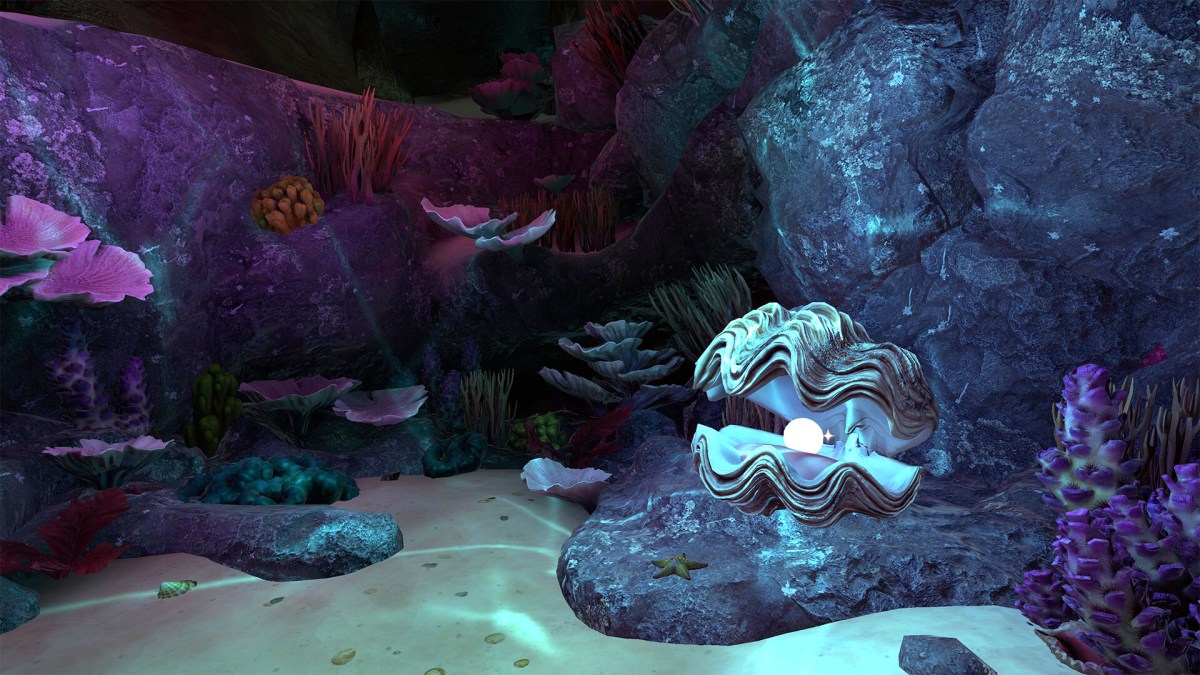
“We had a lot of very lively discussions. There were places where I changed my mind based on what they told me, but then there were lots of times when I would really tongue-in-cheek go, ‘Look, whippersnapper, I think I know a little thing or two.’ I just felt like decisions made were right. Time will tell. We’ll see when people play it if I was really, really, really wrong or really right. My inclination is telling me that more or less I’m right.”
That’s backed up by their experience with the development team. “One of the guys wrote a game called Skater XL,” said Ken. “He’s a young action-game kind of guy, especially esports and stuff. He started (our) project having serious doubts about the game, and by the end he’s a total convert. We saw that happen throughout the project.”
“The more they got into it, the more they saw of it and the depth and levels of it, they will now argue against making it easier,” added Roberta. “They’ve been big converts. I didn’t do that to them. Ken didn’t do that to them. The game itself did that to them.”
Ultimately, that’s what Ken and Roberta Williams hope to achieve for a broad audience with Colossal Cave. “I think the excitement of adventure and wanting to adventure and experience is innate,” said Roberta. “What does it really mean? Adventure? We’ve talked a lot about this in this interview. And you know, in my version of it, putting yourself out there and exploring something that you’ve never done before and getting away from what you’ve been doing over and over and over. … I want to bring that back to today’s game players to get into the idea of what adventure really is but certainly what adventure is for me. We’ll see how that works out.”
Thankfully, the wait is over. Colossal Cave is available now on PC, Nintendo Switch, PlayStation 5, and Meta Quest.
